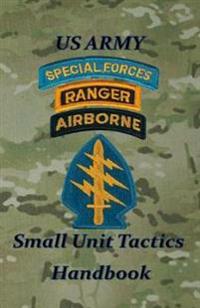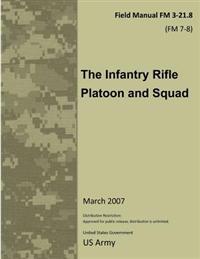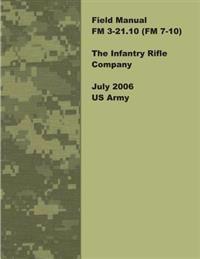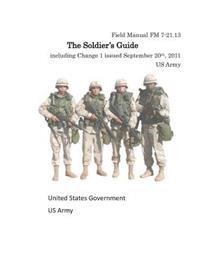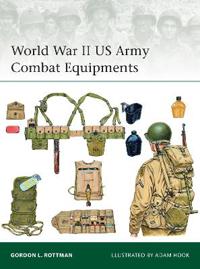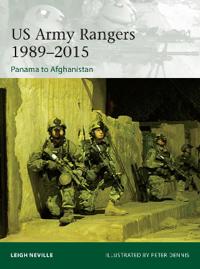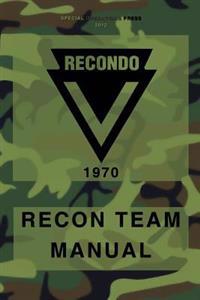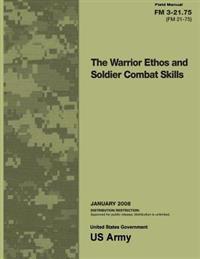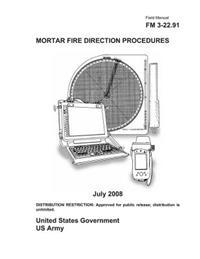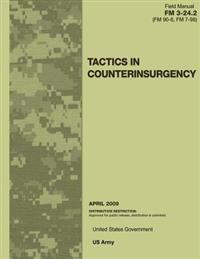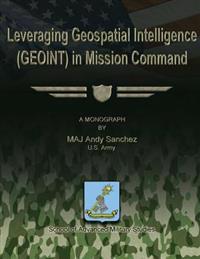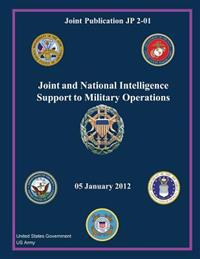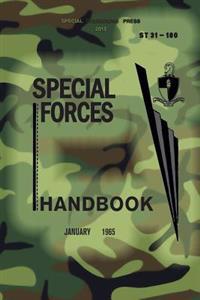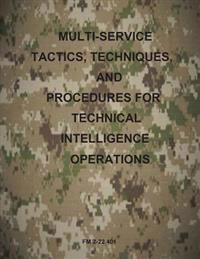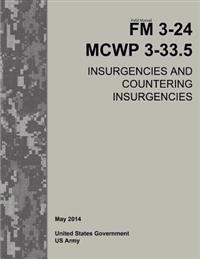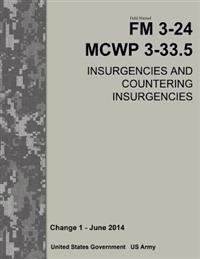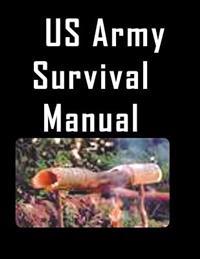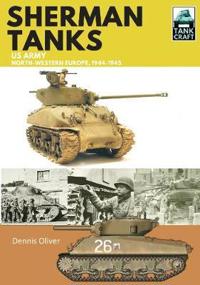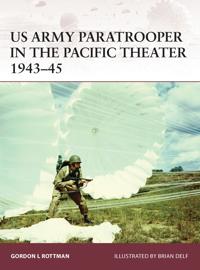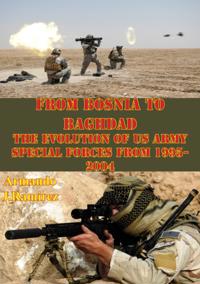Field Manual FM 3-21.8 (FM 7-8) the Infantry Rifle Platoon and Squad March 2007 (Häftad)
avUnited States Government Us Army
ISBN: 9781468179866 - UTGIVEN: 200703Field Manual FM 3-21.10 (FM 7-10) the Infantry Rifle Company July 2006 US Army (häftad)
ISBN: 9781470000103 - UTGIVEN: 2012-02Field Manual FM 5-0 the Operations Process Including Change 1: Issued March 18, 2011 US Army (Häftad)
ISBN: 9781470000356 - UTGIVEN: 2012-02Field Manual FM 7-21.13 the Soldier's Guide Including Change 1 Issued September (Häftad)
avUnited States Government Us Army
ISBN: 9781470018146 - UTGIVEN: 2012-02Us Army Green Beret in Afghanistan 2001-02
ISBN: 9781472814005 - UTGIVEN: 2016-04In October 2001 the most militarily advanced nation on earth came into conflict with one of the least developed nations as American forces poured into Afghanistan. The tip of the spear was drawn from the US Special Forces community, and largely from the units of the United States Army Special Forces[...]
World War II US Army Combat Equipments
ISBN: 9781472814241 - UTGIVEN: 2016-02A soldier's "web gear" is as important to his ability to live and fight on the battlefield as are his clothing and weapons. In World War II the US Army issued equipment items that had originated in 1910, though modified and augmented in the 1920s and 1930s, and again during the war itself as a resul[...]
Us Army Rangers 1989?2015
ISBN: 9781472815408 - UTGIVEN: 2016-05Written by an expert on modern Special Forces units and the operations they undertake, this book explains the evolution of the Rangers' missions in Panama, the first Gulf War, Somalia and the post 9/11 invasions of Iraq and Afghanistan. It reveals the training and organizational changes that the uni[...]
Recondo Recon Team Manual: Vietnam - 1970 (Häftad)
avUs Army Institute F Military Assistance, Special Operations Press
ISBN: 9781475223392 - UTGIVEN: 2012-04Field Manual FM 3-21.75 (FM 21-75) the Warrior Ethos and Soldier Combat Skills January 2008 (Häftad)
avUnited States Government Us Army
ISBN: 9781478231554 - UTGIVEN: 2012-07Field Manual FM 3-22.91 Mortar Fire Direction Procedures July 2008 (Häftad)
avUnited States Government Us Army
ISBN: 9781478290421 - UTGIVEN: 2012-07Field Manual FM 3-24.2 (FM 90-8 FM 7-98) Tactics in Counterinsurgency April 2009 (Häftad)
avUnited States Government Us Army
ISBN: 9781478371168 - UTGIVEN: 2012-08Leveraging Geospatial Intelligence (Geoint) in Mission Command (Häftad)
avUs Army Maj Andy Sanchez, School Of Advanced Military Studies
ISBN: 9781480030183 - UTGIVEN: 2012-10Joint Publication Jp 2-01 Joint and National Intelligence Support to Military Operations 05 January 2012 (Häftad)
avUnited States Government Us Army
ISBN: 9781480191037 - UTGIVEN: 2012-10St 31-180 Special Forces Handbook: January 1965 (Häftad)
avUs Army Jfk Special Warfare Center, Special Operations Press
ISBN: 9781481831383 - UTGIVEN: 2012-12Multi-Service Tactics, Techniques, and Procedures for Technical Intelligence Operations (Häftad)
avUs Army
ISBN: 9781499295856 - UTGIVEN: 2014-04Field Manual FM 3-24 McWp 3-33.5 Insurgencies and Countering Insurgencies May 2014 (Häftad)
avUnited States Government Us Army
ISBN: 9781499596656 - UTGIVEN: 2014-05Field Manual FM 3-24 McWp 3-33.5 Insurgencies and Countering Insurgencies Change 1 - June 2014 (Häftad)
avUnited States Government Us Army
ISBN: 9781500323035 - UTGIVEN: 2014-06Sherman Tanks, US Army, North-Western Europe, 1944-1945 (häftad)
ISBN: 9781526741868 - UTGIVEN: 2018-11Us Army Paratrooper in the Pacific Theater 1943-45 (Häftad)
ISBN: 9781780961293 - UTGIVEN: 2012-11The two major Army units that operated in the Pacific - the 11th Airborne Division and the 503rd Parachute Regimental Combat Team (PRCT) launched small-scale operations on extremely difficult, if not, outright dangerous, terrain, while also conducting amphibious assaults, fighting on jungled hills, [...]
US Army and Marine Corps MRAPs (Häftad)
avMike Guardia
ISBN: 9781780962559 - UTGIVEN: 2013-11The Mine Resistant Ambush Protected (MRAP) vehicle is the newest land warfare system in the United States Army and Marine Corps inventory. Designed to meet the challenges of operating in a counterinsurgency environment, the MRAP has taken survivability to a new level. MRAPs are currently manufacture[...]
From Bosnia To Baghdad: The Evolution Of US Army Special Forces From 1995-2004
ISBN: 9781782897774 - UTGIVEN: 2015-06This thesis presents a historical analysis of the evolution of US Army Special Forces operations from 1995 to 2004, focusing specifically on operations conducted in the Balkans (Bosnia and Kosovo), Afghanistan and Iraq, answering the research question: How have the operations conducted by US Army Sp[...]

